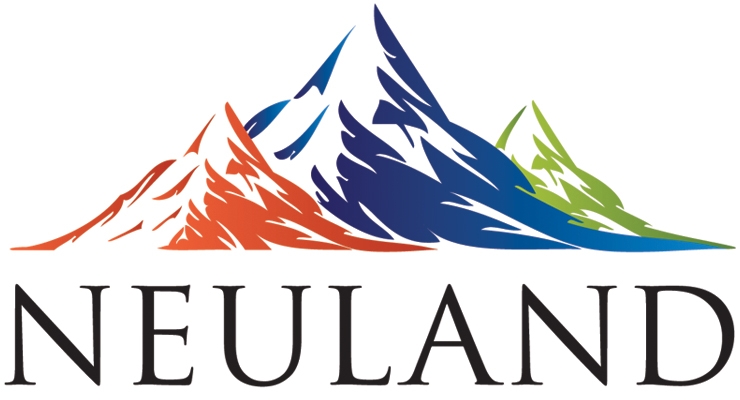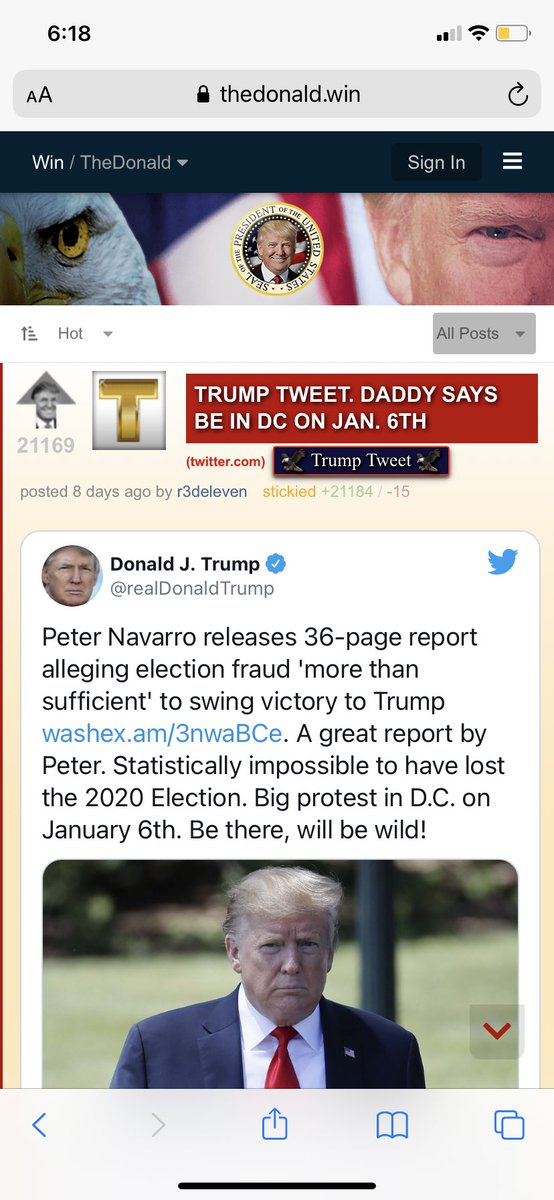Imagine what you want in a company, codify it in the form of filters, create a screen. Example below:
A lot of people ask: how do you find companies to invest in? very good question.
How did you find RACL, Pix?
Creating this ad-hoc thread to share my process.
if you like it, please RT to benefit maximum investors. 🙏
Imagine what you want in a company, codify it in the form of filters, create a screen. Example below:
AND
Market Capitalization < 3000
AND
((Average return on capital employed 5Years > 25 AND
Price to Earning < 20) OR
(Average return on capital employed 5Years > 15 AND
Price to Earning < 10))
AND
Sales growth 5Years > 10
AND
...
Operating cash flow 5years /5 < Operating cash flow 3years /3
AND
Operating cash flow 7years /7 < Operating cash flow 3years /3"
smallcaps with a min mcap,
which have a bare minimum average ROCE & valuation accordance to the unit economics
which are also growing topline
and where operating cash flows are also increasing, on an average basis
One first needs to have a thought about what one is looking for, then one can codify it in screener. Another type of cos i look for are turn-arounds.
AND
(short term sales growth > 7 OR medium term sales growth > 7)
AND
(short term opm growth > 10 OR medium term opm growth > 10)
AND
Market Capitalization < 2000
AND
medium term ocf profit ratio > 0.3
AND
ROIC > 12
2. looking through PF of & tracking super-investors.
For funds/people with sizable PF sizes like @LuckyInvest_AK sir & @SunilBSinghania sir
I track trendlyne portfolios to generate ideas.
1. Study https://t.co/3jeqlXO0QH thread for the company
2. Study company's conference calls, investor presentations
3. Study industry structure through industry reports, webinars on YT
4. Study company's annual report
6. Estimate future growth rates for industry and company's competitive positioning
7. Assign a fair value range for the company
(i) there is significant discount to fair value
& (ii) significant sales & profit growth visibility & triggers
& (iii) Sources of durable competitive advantages which act as the 'moat' around the profit growth and market shares.

More from Sahil Sharma
what better way to start sunday than a #kilpest thread: a classic peter lynch pick & shovel investment for the diagnostics sector. If you like the thread, please retweet this tweet to help educate max investors. 🙏🙏
Before I dive into Kilpest, some words on microcap investing. Everyone **needs** to be aware of what they are signing up for.
Two interviews from @varinder_bansal sir’s Omkara capital with very successful microcap investors (one with @iancassel sir: https://t.co/WDSOOIcUn8 ...
@iancassel & one with @hiddengemsindia sir: https://t.co/iC8iKOsKWz) do a wonderful job explaining all the landmines & things to keep in mind. Do watch these, please before you buy any #microcap
@iancassel @hiddengemsindia My own take is that one has to create a diversified PF of uncorrelated microcaps (if you'd typically invest in 5, make it 10 and so forth). Understand that liquidity risks will always remain.
Which one of these 4 companies should I make next thread on?
— Sahil Sharma (@sahil_vi) June 14, 2021
Before I dive into Kilpest, some words on microcap investing. Everyone **needs** to be aware of what they are signing up for.
Two interviews from @varinder_bansal sir’s Omkara capital with very successful microcap investors (one with @iancassel sir: https://t.co/WDSOOIcUn8 ...
@iancassel & one with @hiddengemsindia sir: https://t.co/iC8iKOsKWz) do a wonderful job explaining all the landmines & things to keep in mind. Do watch these, please before you buy any #microcap
@iancassel @hiddengemsindia My own take is that one has to create a diversified PF of uncorrelated microcaps (if you'd typically invest in 5, make it 10 and so forth). Understand that liquidity risks will always remain.
This thread is to create awareness on how to use
https://t.co/3jeqlXO0QH
Please note that i am not officially associated with website. Only an active contributor & hope to benefit from network effects of interested investors actively contributing on platform.
https://t.co/64yVScplqi is above all else a community of like minded investors who wants to actively engage in understandin at a fundamental level & separate wheat from the chaff.
Develop an understanding of the biz, industry, competitive intensity, management, valuation
Website was created > 10 years ago. Early users are seasoned investors & i personally look to learn greatly by following their footprints across the website.
There are broadly speaking 4-5 types of "threads" or discussion places across the website.
1. Featured discussions (hall of fame, showcase discussions, learning).
These enable investor to level up the most. These discussions are a showcase for the website itself.
These are also a great starting point. Since VP is not a course, feel free to traverse them in any order

https://t.co/3jeqlXO0QH
Please note that i am not officially associated with website. Only an active contributor & hope to benefit from network effects of interested investors actively contributing on platform.
https://t.co/64yVScplqi is above all else a community of like minded investors who wants to actively engage in understandin at a fundamental level & separate wheat from the chaff.
Develop an understanding of the biz, industry, competitive intensity, management, valuation
Website was created > 10 years ago. Early users are seasoned investors & i personally look to learn greatly by following their footprints across the website.
There are broadly speaking 4-5 types of "threads" or discussion places across the website.
1. Featured discussions (hall of fame, showcase discussions, learning).
These enable investor to level up the most. These discussions are a showcase for the website itself.
These are also a great starting point. Since VP is not a course, feel free to traverse them in any order

#neulandlab 🌋🌋 read on to understand this company and its story of transformation. On twitter, 🌋 has become synonymous with neuland, and this is how i will use it throughout the thread. If you like the thread, plz retweet & help fellow investors learn

Starting with a simple primer on the Pharma industry. They make medicines for all of us. The part of the medicine which gives it its potency against the ailment it cures is called API: Active Pharmaceutical
(here is a reference few people will get, but have to make it since I love it :D):
If Guardians of the globe (https://t.co/vH2C1TDbPy) were a medicine, Omniman (https://t.co/0DGb1MAtXN) is the API.

Back to 🌋. There are pharma companies which sell APIs as well as the finished medicine (FDF: Finished Dosage Formulation). Neuland are pureplay API manufacturers. This provides them some advantage since they don't compete with their clients (the FDF makers).
Medicine is diverse. There are medicine which were first discovered in 1920s (https://t.co/6DXNrhOK46), to those being created now (https://t.co/tcr7dAexmO). Naturally then, some of this involves very complex chemistry to manufacture, others are relatively easier to manufacture.

Starting with a simple primer on the Pharma industry. They make medicines for all of us. The part of the medicine which gives it its potency against the ailment it cures is called API: Active Pharmaceutical
(here is a reference few people will get, but have to make it since I love it :D):
If Guardians of the globe (https://t.co/vH2C1TDbPy) were a medicine, Omniman (https://t.co/0DGb1MAtXN) is the API.

Back to 🌋. There are pharma companies which sell APIs as well as the finished medicine (FDF: Finished Dosage Formulation). Neuland are pureplay API manufacturers. This provides them some advantage since they don't compete with their clients (the FDF makers).
Medicine is diverse. There are medicine which were first discovered in 1920s (https://t.co/6DXNrhOK46), to those being created now (https://t.co/tcr7dAexmO). Naturally then, some of this involves very complex chemistry to manufacture, others are relatively easier to manufacture.
More from Stocks
🧠 7 of the best threads by @Prashantshah267
Prashant Sir has a spectacular ability to simplify complex topics and put them in Twitter threads.
📊 This is a must-read for every trader.
I scraped his entire tweet library - here are some of my faves.
THREAD 🧵 👇
1/7
Bollinger
2/7
Donchian
3/7
Darvas
4/7
Money Flow Index or
Prashant Sir has a spectacular ability to simplify complex topics and put them in Twitter threads.
📊 This is a must-read for every trader.
I scraped his entire tweet library - here are some of my faves.
THREAD 🧵 👇
1/7
Bollinger
Thread: Bollinger Bands
— Prashant Shah (@Prashantshah267) August 22, 2020
Bollinger Bands\xae is a wonderful invention of John Bollinger. #Bollingerbands #Indicators #Definedge pic.twitter.com/UREE7eedxh
2/7
Donchian
Thread: Donchian Channels
— Prashant Shah (@Prashantshah267) August 8, 2020
Donchian channels were invented by Richard Donchian. He is known as a father of trend following trading. He was founder of world\u2019s first managed fund in 1949. #donchianchannels #indicators #definedge pic.twitter.com/IaTcGedIbR
3/7
Darvas
Thread: Darvas Box Theory#Darvas #knowledgesharing #Definedge pic.twitter.com/xYRrlkjDrm
— Prashant Shah (@Prashantshah267) July 17, 2020
4/7
Money Flow Index or
Thread: MFI Indicator
— Prashant Shah (@Prashantshah267) July 24, 2020
Created by Gene Quong and Avrum Soudack, MFI stands for Money Flow Index. #MFI #Indicators #Definedge pic.twitter.com/zZPU4SUuEu




















